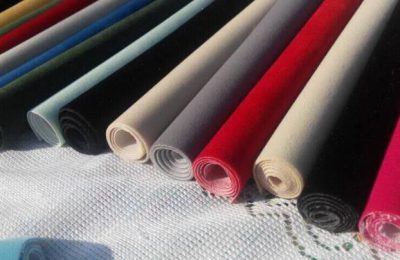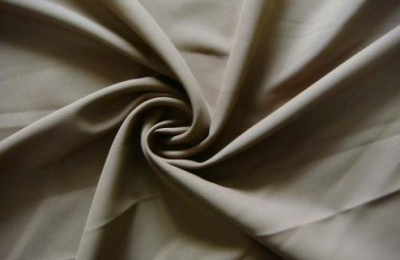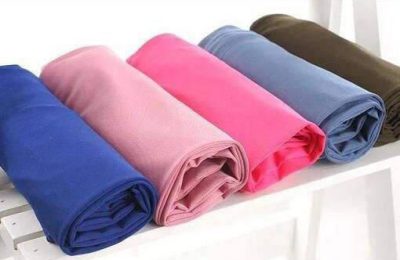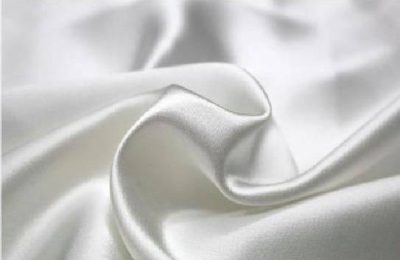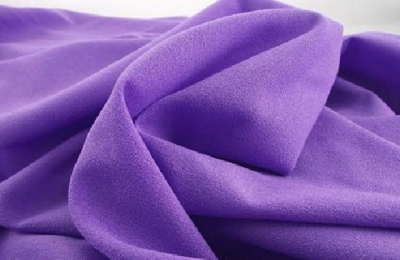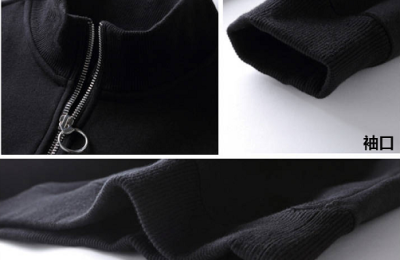Teflon composite membrane has the characteristics of high peel strength, large air permeability, low resistance, concentrated and uniform pore size distribution, etc. The dust removal efficiency can reach more than 99.99%. It is the most effective and economical method for industrial dust filtration and material recovery. New filter material.
Polyurethane films and polytetrafluoroethylene films are widely used in the clothing field because of their good waterproof and breathable properties.
However, when the PTFE microporous film is used, its through holes are easily blocked by pollutants, which reduces the service life of the film.
Therefore, by using a hydrophilic non-porous polyurethane film combined with a polytetrafluoroethylene film, the protective effect of the fabric can be enhanced.
The PTFE membrane of the Teflon composite membrane has a microporous structure with staggered fibers. It is prepared through a biaxial stretching process and high-temperature heat setting treatment. The microporous structure of the material is very stable.
In the entire production process of stretched microporous membranes, stretching conditions are very important influencing factors. They will affect the thickness of the microporous membrane, average pore diameter, and maximum pore diameter and other indicators related to pore performance. .
Teflon composite membranes are produced using imported raw materials to ensure finer molecular weight, cleaner quality and better uniformity.
It has stable chemical properties, high temperature resistance, corrosion resistance, water repellency, oleophobicity, etc., close to zero smoke emission rate, operating temperature can reach -150℃-250℃, and dust removal efficiency can reach more than 99.99%.
The minimum pore size can reach 0.3um, which can capture most solid particles and liquid droplets.
Therefore, it also has good filterability for special gases with high temperature, high humidity, high corrosion and organic liquids.
</p



